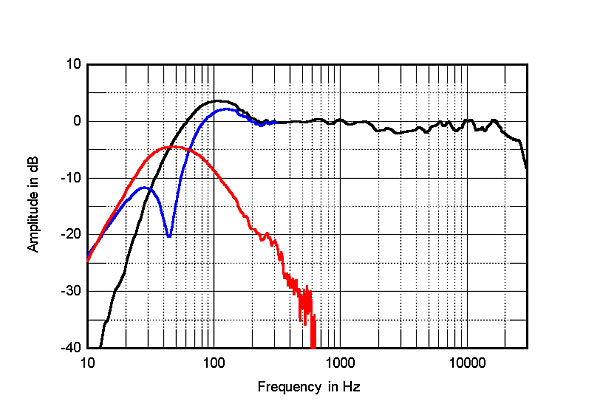My Polks have an unusual port.
Exclusive Polk Power Port Technology
Power Port® is our patented design that smoothly transitions the air flow from the speaker’s port into your listening area. It also extends the overall bass port, providing greater surface area to eliminate turbulence and distortion, for bigger, more musical, deep bass impact. Plus, it offers 3dB more bass response output than a traditional port.
Unfortunately and ironically, for all Polk talked up its Power Port technology, the L200 had some of the worst port anomalies I've ever seen.
The end result didn't seem to affect the sound too much in my room, but I wasn't exactly looking for it when I listened to the speakers. But it is very evident in the measurements.
The spin overall is solid, but you can see the port anomalies at ~650 and ~1200 Hz:
Which are then more evident in the off-axis curves:
and then completely obvious in the nearfield measurement:
The absolute worst I've measured in this regard was probably the Amphion Argon1, which from my recollection just had a straight hard tube for a port directly behind the woofer:
It's also worth noting that I believe these port anomalies are actually about 4-6dB higher than they look in nearfield measurements because of baffle loss. Here's the above nearfield measurement when i apply baffle step correction:
But then I'm not sure how directivity comes into play for these port issues. Wouldn't the midrange peak be a bit more directional than the bass one, having less influence on the on-axis response with a rear-firing port like this one?
In any case it's evident the port anomalies are having an effect on the on-axis measurement too in the above two cases.

 Polkmonitor7Asn4900
Polkmonitor7Asn4900

